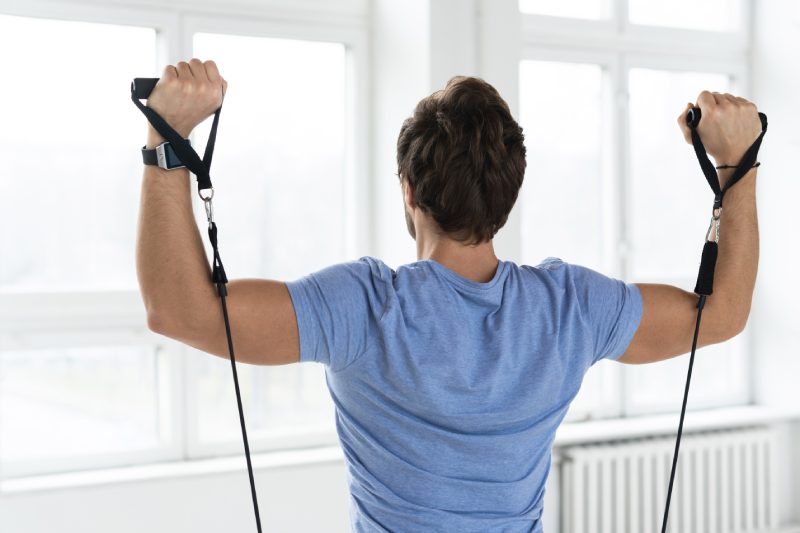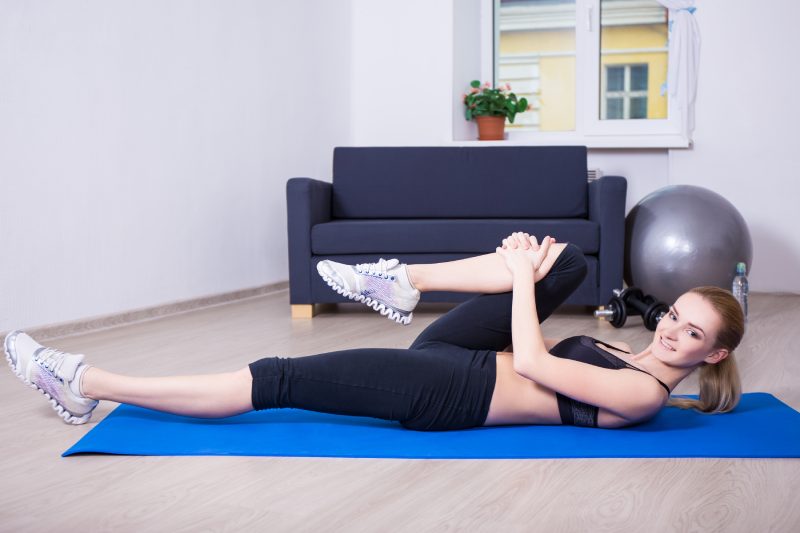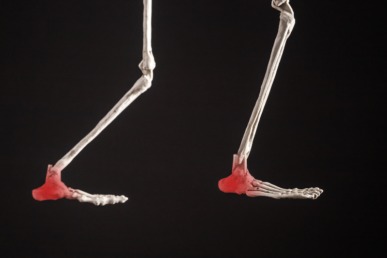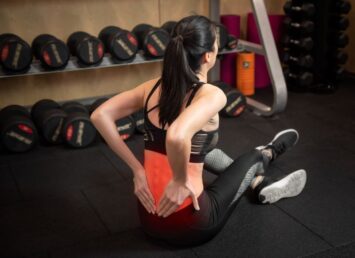Tennis is a repetitive sport. From serving the ball to running throughout the court, the hours you spend playing the game can serve both to strengthen your body and to put it at risk. In particular, the repetitive movements that are essential to the game can create imbalances throughout your body, imbalances that can make you more prone to certain injuries. Here is a look at what these imbalances are and 4 ways to prevent them from happening.
What are muscle imbalances?

A muscle imbalance occurs when the muscles on one side of a joint or one side of your body become larger and stronger than the muscles on the other side. Often, the counterpart muscles then become looser, longer and weaker.
This usually occurs when you use one side more than the other. In tennis, for example, you may use the internal muscles of your shoulder more often than the external ones.
This inequity can have a significant impact on your overall health and performance. For example, overused muscles may become tight and lose flexibility – Making them more prone to sprains, strains and tears. On the other hand, the weaker muscles may also lose functionality – leaving you prone to pain and injury because of their inability to handle necessary bodily functions.
How can you prevent muscle imbalances?

The repetitive movements of tennis are unavoidable. However, muscle imbalances are not. Understanding the areas where these imbalances tend to occur most in tennis players, and engaging in exercises that help to correct them, can give you greater flexibility, range of motion and resistance to injury, even when you spend many hours engaged in your sport. Here are four areas of the body most affected by muscle imbalance in tennis players, and how to prevent or correct these imbalances.
Strengthen the external rotators of the shoulder
Tennis requires the constant use of the internal rotators of your shoulder – The subscapularis in the rotator cuff, the latissimus dorsi in your back, and the chest’s pectoralis major.
When used without a compensating strengthening of the external shoulder muscles, these muscles become tight and powerful, but inflexible, while the external muscles become weak and loose. That leaves you more prone to painful and even debilitating shoulder problems over time.
How can you address this imbalance? Through exercises that empower the external muscles and help them become equal to your internal shoulder muscles in strength and range of motion. Here are a few exercises you can try:
- Low cable crossover raise
- Seated row
- Side lying DB external rotation
- Seated external rotation
- Isometric exercises at varying degrees
Build internal rotator flexibility
As the internal rotators become stronger through endless serves and returns on the tennis court, they also become tighter. As a result, they become less capable of withstanding impacts and become more prone to injury.
In order to keep your shoulder healthy, you must build external rotator strength along with internal rotator flexibility. The longer and looser these internal muscles become, the more resistant they will be to overuse and traumatic injuries. Stretches are particularly helpful for improving your shoulder’s range of motion. Here are some of the best:
- Overhead stretches
- Behind-the-back stretches
- Isometric shoulder stretches
Develop your gluteal and quadriceps muscles
You may not give much thought to your gluteal muscles or the muscles at the front of your thigh, called the quadriceps. However, these muscles are important in supporting the running movements you make during tennis. If you fail to strengthen them, those running motions, the stopping and starting on the tennis court, could lead to injury. Exercises that put these muscles to forceful use are most helpful in developing both the strength and the flexibility you need. Here are some of the best:
- Squats
- Lunges
- Deadlifts
- Leg extensions
- Bridges
Develop leg and hip flexibility

A final area often affected by muscle imbalances during tennis is the leg and hip area. These muscles can become overworked, tight, and prone to injury. Stretches that loosen these muscles can improve your flexibility and range of motion, enabling better performance with less pain and injury. Here are some of the best approaches:
- Piriformis stretch
- Standing quadriceps stretch
- Lunges with spinal twist
- Knee-to-Chest stretches
- Lunging hip flexor stretch
- Standing hamstring stretch
If you frequently play tennis, you may need to engage in some of these exercises to prevent, and address, muscle imbalances throughout your body. Doing so can prevent painful injuries and help you stay playing on the court for longer. A skilled and experienced chiropractor can help. At Dynamic Sports Medicine, our athlete-trusted team delivers the gold standard in Austin sports medicine. Let us help you address pain, dysfunction and preventive care in a way that keeps you active, keeps you on the court and keeps you pain free.




